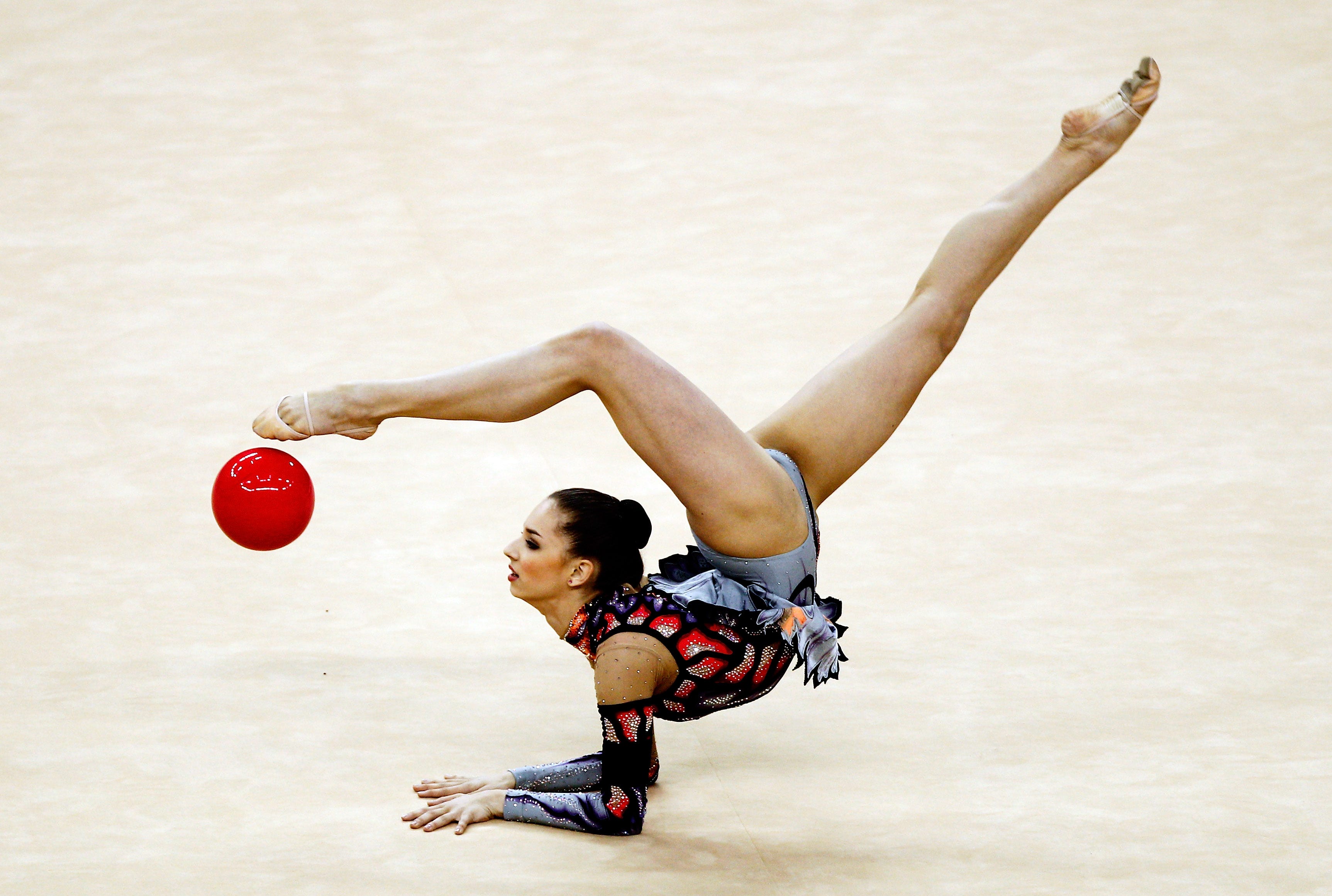
Breakfast Is A Must
August 2, 2021 - Reading time: 2 minutes
I love breakfast. While there are people who can't eat anything when getting up in the morning and who have to let a few hours pass before eating I can eat almost immediately after getting up. The only time I don't eat breakfast are on very special circumstances, which is to say it is very rare for me to skip eating.
Besides, I'm the type of person, who when it comes to breakfast prefers to eat something sustaining so that I can continue going on the energy for a long time. Well, if I'm at home then I am in the clear. If I'm somewhere else, I'll adapt to whatever's there.
Right now my first meal of the day consists of the following:
A home pressed glass of juice with a little water. They say it's very good for cleaning out your system, but I just like having juice in the morning. I've also noticed that it has been useful for clearing my throat out which has been congested for the last few months.
Some kiwis and/or banana. Sometimes the banana is missing, but never the kiwis. A few slices of toast with some jam, accompanied by a glass of milk.
When I need a little pick me up I will drink a tea with ginger and lemon. This comes in handy especially in winter or when you have colds, although I take it every day that it seems needed as it warms your body from the inside, from your stomach, your center. If I'm cold or sore, I usually have some honey.
And that is it, my breakfast. It's a little weird, but I like it a lot.
What about you? Are you having breakfast or waiting until mid-morning for a bite to eat? What do you like to eat in the morning the most?
Dealing With Problems That Arise In Our Lives
June 30, 2021 - Reading time: 3 minutes
Who hasn't had any problems in life? They are like the basis of every day life for some, and even if they are not we at least think about them when they appear. Do we know how to deal with them?
That is a question which I pose to myself every time I encounter one. By asking the questions I am given a chance to step back and analyze it in a way that allows me to take a proactive look at the problem at hand.
There are no exact rules of steps and procedures approved, however, there are facts that confirm that with a given reasoning, you will have a greater chance at discovering opportunities to resolve them. Optimism and hope can get us through many hardships. There's a reason that one of the best ways to deal with a problem is to internalize it and understand it, to know what the worst is that can happen to you, but to hope for the best out come. A very important variable that we often set aside is hope, solving the problem with that optimism of knowing that we will do well.

Perhaps the most important part of the previous paragraph is the ability to correctly identify the problem. Many times we define excellent solutions but for other problems, then everything is ruined. After that, identify their causes, study possible solutions or alternatives, analyzing each of them - their advantages and disadvantages. Finally we can come to a clearer picture to choose the best alternative. But of course, the matter doesn't die there. We still have to know how to implement it, and more importantly, know how to measure and control whether it turned out the way that we wanted or not.
As a corollary to this note I leave you with one of the phrases that Bob Knight (The General), one of the greatest college basketball coaches of all time, said in relation to attitude, as well as the logical form of steps that in my opinion are recommended to solve a problem, when success is the goal they will be of no use if they are not accompanied with a good dose of hope and positive attitude: Many times adversity and problems can work in your favor. Instead of feeling a victim and feeling very sorry for yourself, using it as an excuse, you have to face the situation and get the best out of it. She is the only way for a team to develop the strength and character to compete at the highest level.
Success isn't a given, but when you focus on understanding the problem you are in a better position to solve it in a successful manner. Understanding the problem is also key in not loosing hope.

Emotions - Controlling or Controlled
June 27, 2021 - Reading time: 2 minutes
Emotions can either be controlled or they can be controlling. How we deal with a situation and how we react to it can be as different as night and day.
I came across a very good article, it was short but direct and I wanted to explore the topic on my blog. Up until that point I wasn't aware of a theory; emotional intelligence which plays a role in how we engage once they take hold. Some people let themselves get swept along, others can direct the flow and either minimize the impact or guide it into a positive direction.
Emotions can and should be modulated intelligently, in other words you can own yourself when you understand how you feel about a topic. One of the characteristics of immaturity is emotional instability. This is expressed by changes in moods in short spaces of time going from euphoria to melancholy for no apparent reasons. We assign this swing with teens, but truth be told it is not necessarily something that is grown out of. In this this regard some people slip further into bad patterns as they grow older and externalize their emotional state.
Immature people often act like they are moved by emotions leaving aside their will and principles. It is a characteristic of adolescence, acting according to mood: I feel like it, I do not feel like it, something that, on the other hand, is so common today to many adults.
People who have a life project, principles on which they base their action are often more stable, mature, and therefore happy. It's not about coldly controlling emotions, feelings or moods (that wouldn't be human), it's about keeping them in place and not allowing them to become leaders of the decisions that we make.
A mature personality knows how to overcome the moody extremes and keeps them within moderate variables.
They are not frustrated by failure and they do not think a task is insurmountable in the face of success.
Live your life without losing sight of that personal project that gives meaning to everything we do.
I Was A Gymnast, Rhythmically Speaking
June 8, 2021 - Reading time: 4 minutes
When I was younger I loved to dance and after many years of taking dance and going through many styles and disciplines, I was fortunate to have all of these resources come together in one place, rhythmic gymnastics. It encompassed my life for several years and gave me a lot of great experiences and opened up some opportunities that I would not had otherwise.
Today I thought that I would share a little bit about the topic for fun and because I would otherwise be stumped on what to write about. The lack of topics lately has been somewhat bothersome and one which, schedule allowing, will receive some changes.
Rhythmic gymnastics is one of the most creative sports, leaving room for imagination (as almost all disciplines do that have to do with music and body expressiveness) as well as dance.

It seeks to achieve original exhibitions through the combination of difficult exercises, in addition to achieving a balanced and beautiful exercise that enhances expressiveness through the exhibition and impress the judges with the refined technique and its beauty. This is achieved through considering the maximum complexity of body harmonic expression the rhythm under the sports inspiration and the beauty of the body in motion.
Rhythmic Gymnastics Equipment
Clubs
The Clubs are bottle-shaped. Its length is 40 to 50 cm and its weight of at least 150 gr. With them the gymnast makes swings, conductions (full circles), mills, pitches, etc. It's one. of the most difficult piece of equipment because you have to use both equally hands at a very fast pace.
Rope
Length varies relative to gymnast stature. It's the device with the least showy nature which makes them less popular among the gymnasts, but its handling, together with the ball is an elementary aspect of the sport, because of this girl plays with her from and grace. Jumps are elements typical seen combined with the rope. There are also swings, rotations and pitches. Usually the gymnasts will use music with a lot of rhythm when using a rope.
Ribbon
Its length is 6 m. It has to be in constant motion. This is the most aesthetic device used, but also the most treacherous as it can end up getting tangled up or losing the path with ease. A good exercise should include variety in the drawing of patterns with the ribbon, combined with jumps, turns, balances, pitches, etc. They are a lot of fun but hard to master.
Ball
Its diameter is 18 to 20 cm and its weight of 400 gr at a minimum. The balls are typical elements used in most routines which makes the apparatus demanding, routines are filled with movements that are very broad and use a full range of body movements. They're very eye-catching launches and receptions outside the field of view. Control of the ball with most parts of the body are another basic element used when on the floor.
Hoop
Its inner diameter should be 80 to 90 cm and its weight, 300 gr as my way. They were used for the first time time in an exhibition at the 1936 games as a symbol of the hoops used in the Olympic symbol. With the hoop are made rotations, rollings about the body, throws, passage through the interior, swings, etc.
If you found this interesting and I can write further about the sport.

Oh, Plants What Would We Do Without You?
May 12, 2021 - Reading time: ~1 minute
Today I just wanted to share a few tips on plants and their care:
Where would we be without plants? What happens when you fail to take care of your plants?
- Well without the flowers we do not have anything nice to decorate our tables, we also have nothing to give to our moms.
- Nor will we have them when we want to give them to a girlfriend/boyfriend, the bride will also not have her bouquet.
- Shade is a nice perk too.
- Most important, our breathing will suffer if we don't take care of them.
- Let's do something for the plants, our mothers, girlfriend/boyfriend, and planet.


Wasting Time Like It Was Free
May 8, 2021 - Reading time: 6 minutes
Time isn't infinite, it isn't free. If that is true, how do we make the most of our time?
I hate to waste time. In fact I feel that it is a lesser sin. As you can imagine one of the topics that I am passionate about is making the most of that limited gift. When I end for the day, tired, not only from working, but from having been productive throughout the day, of having taken advantage of the time I was given for taking care of useful things, I smile. There was some hardship getting here and I still need to work out the best way to make the most of my time and be more productive at work and in life. Thankfully I was blessed to have a grandmother that thought that this was also an important skill in life, and after school when I spent the afternoon with her she would sit down and share her tricks with me through anecdotal stories.
The attentive grandchild could learn a lot from those afternoons at grandma's house.
We tend to treat time as an understood component of life rather than as a currency, if the latter was true most of us would be millionaires, because we don't know how to take care of it or take advantage of it, however if time was only money, we could lose it, but time is more valuable than money, time is life, and we don't know how much we have left.
A good start to take advantage of it is to be aware that we are not taking advantage of it fully and that we can sit down and think for a moment about the activities we can do better. Some examples may be the number of hours to sleep, on average it is 8, it would be ideal to respect those hours, no more, no less.
Another interesting resource is to list outstanding issues: daily, medium and long-term, and prioritize each issue. Productive people don't just have lists of unfinished business, they stick to the lists. Managing meetings is also very useful, arranging them and meeting the start and end times so that they do not extend indefinitely. It is also very important to identify those activities that waste time, learning to avoid distractions. Use the 80/20 rule: 80% of our achievements come from only 20% of our efforts. The task is to find out what is contained in that 20% of productivity, and dedicate yourself to those activities.
Of course even if we set out to reach a 100% we will never be able to hit that number, not always.
Still, we can try.
Adjust the schedule according to our energy levels. If we are one of the people who have the most energy early in the morning, for example, we can plan the most important activities at that time. One of the main drivers is performing several different tasks the same time is how much energy we have. For example, I have the mania of checking my phone and email every 5 minutes, but I don't because it distracts and subtracts concentration from other tasks. Realistic deadlines should be set, not committed to meeting when we know we will have difficulty doing so. We can address these potentials stumbling stones with a quick checklist. Then assign the proper expectations to the different aspects so that we are not unrealistic when set time aside to complete them.
- Identify the problem.
- Gather relevant facts and data.
- Collect general knowledge.
- Look for possible combinations.
- Sleep on it.
- Use lists of pending issues.
- Get feedback.
- Ask others for help.
- Give new ideas a chance.
Finally, I find it important to keep my life organized. Organization is easy to add to your life and you will save time even with a little bit of it. My grandmother recommend the following:
- Always carry with you a small list of to-do issues:
In addition to the tasks to be done, write your thoughts and ideas there – so you won't waste time trying to remember things when you need them. - Create a file system: that allows you to get what you need in seconds.
A good file system is the most important aspect of time management and organization. - Don't pile up trash: check your papers periodically, archive what you need, and throw away what's no longer good for you.
- Keep your desk clean: a messy desk is a big productivity impediment.
- Keep priority lists: update them over time.
- Learn to say no: you can't do it all.
You mustn't feel guilty for saying no. Be polite, but be clear with things you're not willing to spend time doing.
If there is a situation that becomes increasingly common for many people it is the burden life chores, the day to day tasks that become - well - a chore. Many believe that it is irreversible and that you cannot live any other way. I heard one person say that they are overwhelmed, that they felt like a disease the basis of which is the lack of priorities and rigidity in what we have to do.
When someone says they don't have time to dedicate to the spouse, children, or do something for others, are they properly setting their priorities? The truth is that if we have a lot of things to do, we can only attend to a limited number of them, usually whatever we have in our heads takes first place. It is therefore a matter of order, we can do what we consider most important.
One proposal to combat the burden is to pretend every day that they are tokens, then decide what we have to put first, the important things come first. One of the characteristics of those that become overwhelmed is the routine. We all have time to dedicate it to others, to tasks that help us live better. To prove it, think about it like this, pretend that the day only has 23 hours. Can you do the same in a 23 hour day that you could in a 24? If we are honest with ourselves the answer will be yes. The hours aren't the problem, the real culprit is that we have plenty of mediocrity in our planning.

There is Risk but Life Comes With A Map
April 28, 2021 - Reading time: 3 minutes
What are your personal goals? Business? Adventure? How Will you achieve it?
Starting a business without having calculated the risks, would be quite irrational and daring like trying to organize a hike on a mountain without having first consulted a map that tells us the safest trails.
When we go out on the road it is usually normal to know where we are going and consult a map to know how to get there. Life is an adventure, a journey that has a beginning and an end, like any travel we take in-between those two points. It can be a recklessness venture to live without knowing where one wants to go, so that we undertake the journey, not knowing where we will go. Life is something more serious than a road trip or a business or a mountain tour. But how many people have been thought to live the they want, how are they going to get it if they don't know the way there?
Our lives are left on many occasions at the mercy of events, appetites, interests. This is a bad way to be happy. To be happy it is essential to have a personal life project, to know where you want to go and where to go once you get their. We have to do it flexibly but be aware that small deviations in time can keep us away from the goal. I think it's worth taking the time to make a personal life project.
But how do you do it?
Where do we start?
There are three commonly agreed upon avenues for which we commonly focus: love, work and culture. Happiness is very close to the order in priorities, if it does not exist it ends up falling into place once the goals are being meet. Love deals with our relationships with ourselves and with others. We have to love ourselves before we can love anyone else. When we speak of "with others" there is also an order that plays a role, the first place must be occupied by the closest relationships: the family. The priorities for which we place on the satisfaction we achieve from work, that is work done professionally and in the best possible way, with effort.
Culture also occupies an important place, one of which we have worked toward building since the antique -- and I do not mean culture as consumption -- rather as a forming and enriching ourselves at a personal level. I won't be able to fulfill the culture aspect of my life the reading of the latest best seller, or by seeing the next big blockbuster released this summer. Culture does not have a time limit and does not depend on our success at work, it has much more to do with personal enrichment, learning and striving to have virtues such as perseverance, the use of time, justice, and social competences such as bargaining power, conflict management, among others.
Do you need a map? Make a plan. See where it fits and your life project should fit into one of these three areas and in this order: love, work and culture. When the order is disrupted we run the risk of negatively disrupting the happiness which we are attempting to achieve. Perhaps the best example is the unhappiness that many of us feel when we place work first and allow it to to take the biggest place in our lives.

Falconry on Display
April 7, 2021 - Reading time: ~1 minute
One of the things I like most about medieval fairs is the falconry displays, which is the art of training falcons and other birds of prey for hunting. These birds are so grand and beautiful it is a pleasure to be so close to them.
At fairs, as long at they are not too small, there is usually a falconer's stall where trainers display birds, and sometimes wander around the fair grounds with one of them, making it fly over visitors, which usually causes a sensation.
I don't know why, but seeing these birds, I love it. It may be because they are always so solemn, because I find them beautiful... I do not know for certain. But sometimes I get charmed just by looking at them.
As there are several references to this art in China and Japan, from pre-Christian eras, it is believed to have its origins in Asia. Although the first graphic document in Europe is from the 5th century BC, in the old world however falconry had its time of splendor in the Middle Ages, in the sixteenth and seventeenth centuries.
I didn't know much about the origins of this activity, but it was a surprise to learn that it was practiced a lot in Japan, being among its supporting characters such as Oda Nobunaga, Ieyasu Tokugawa and Toyotomi Hideyoshi.
